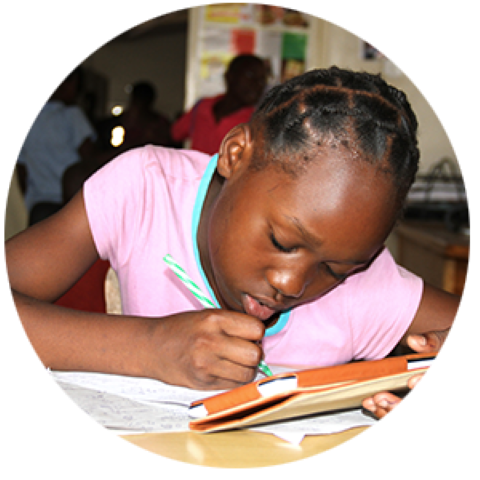Global poverty and technology at a glance
- Nearly the entire global population, 97%, lives within reach of a mobile cellular signal.
- In the year 2000, only 6% of the world had internet access. By 2015, that number had grown to 43%. Today, 60% of the world’s population has access to the internet.
- The continent of Africa has one-fifth of the world’s population, but accounts for just 3% of the world’s energy-related CO2 emissions.
- For the first time in decades, energy experts say the number of people without access to electricity increased over the past few years, by nearly 20 million people.

Mobile phones are a lifeline to families in poverty. That’s because for the majority of the world, landlines aren’t a thing of the past, they’re a thing that never was. Mobile phones are the first connection these countries have ever had. And we aren’t talking, “What version iPhone do you have?” Most countries are using mobile phone technology that we used a decade ago.
According to the World Bank, more people have more access to mobile phones than electricity or clean water— and it’s making a difference in the fight against poverty. It also makes it easier to communicate with families when face-to-face interaction isn’t possible.
Developing countries offer cheap models and pay-as-you-go plans that are a lifeline to families in poverty – providing access to vital information, digital banking and job opportunities that were previously unavailable to them.

Invested in the community
Our community centers act as gathering places, learning hubs and safe havens for the children and youth in the communities we serve. Learn more about our programs and the work we do at our centers.
Source
- UN Millennium Development Goals Report Summary 2015
- UN University, October 2014
- U.S. Energy Information and Administration, International Energy Statistics, 2008-2012
- International Energy Agency, Role of sustainable energy in ending poverty, 2015
- Mashable.com, One Billion People Don’t Have Access to Electricity and this Map Shows You Who, September 15, 2017
- World Bank Group, The Changing Nature of Work, 2019


